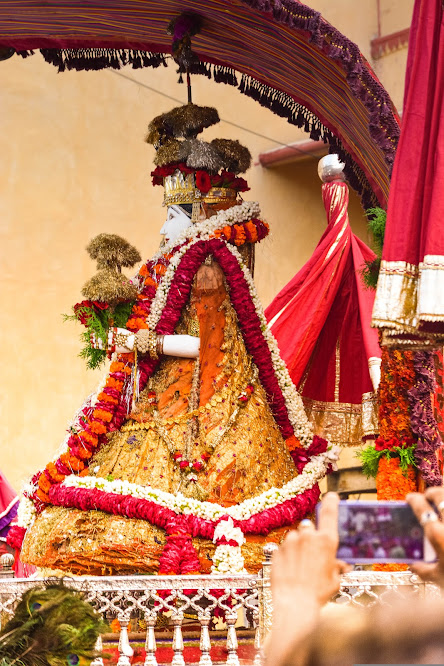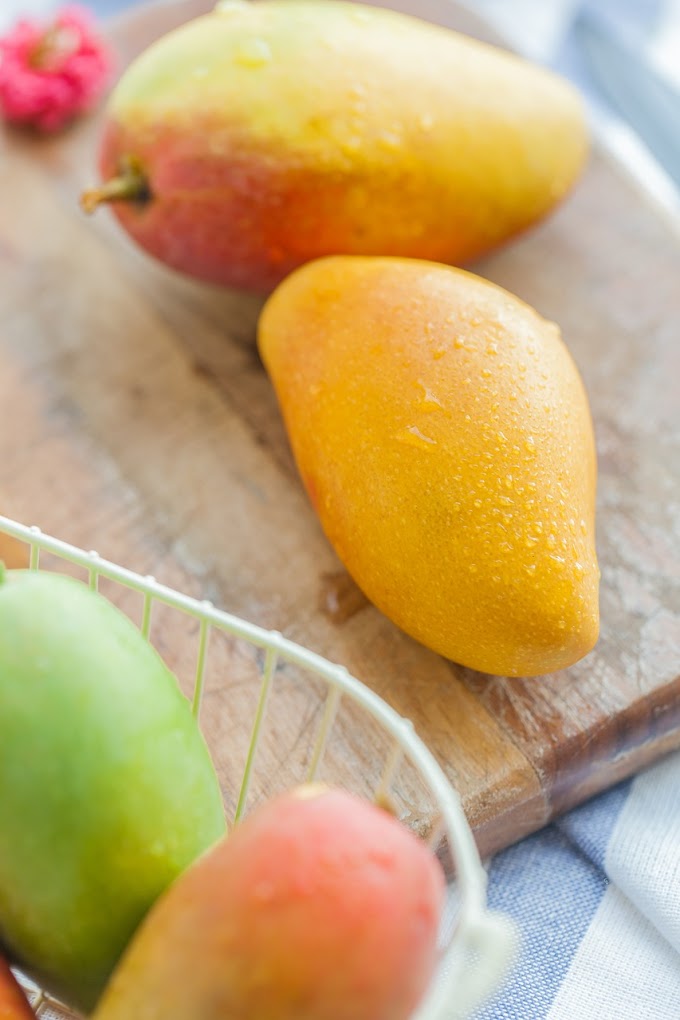Hartalika teej 2022 Teej is a traditional Hindu festival celebrated by women in Nepal and some parts of India. The festival is dedicated to the Hindu goddess Parvati, who is believed to be the consort of Lord Shiva. Teej is celebrated to honor the union of Parvati and Shiva and to seek blessings for marital bliss, well-being, and the longevity of their husbands.
There are a few reasons why people made the Teej festival:
1.Mythological Significance: According to Hindu mythology, Parvati observed severe penance and underwent rigorous fasting to win Lord Shiva as her husband. It is believed that she succeeded in her efforts and was reunited with Lord Shiva on the third day of the bright lunar fortnight in the Hindu month of Bhadra. Teej commemorates this reunion and symbolizes the devotion and dedication of Parvati towards her husband.
2Celebrating Womanhood: Teej festival is primarily celebrated by married women and young unmarried girls. It serves as an occasion for women to come together, strengthen their bonds, and celebrate womanhood. Women dress up in vibrant red attire, wear beautiful jewelry, and apply intricate henna designs on their hands. They sing and dance, expressing their joy and celebrating their femininity.
3.Fasting and Prayers: Women observe a strict fast on Teej festival , abstaining from food and water for the entire day. This fast is undertaken as an act of devotion and sacrifice, seeking the blessings of Parvati for the well-being and longevity of their husbands. Women also offer prayers and perform rituals dedicated to Parvati and Lord Shiva.
4.Cultural and Social Significance: Teej is not only a religious festival but also holds cultural and social significance. It provides an opportunity for women to take a break from their daily routines, indulge in festivities, and express their joys and sorrows through traditional songs and dances. It promotes unity, camaraderie, and a sense of belonging among women in the community.
5.Agricultural Connection: Teej is also associated with the agricultural cycle and marks the arrival of the monsoon season in Nepal. It is believed that the monsoon rains bring prosperity and abundance to the land, and Teej is celebrated as a way to welcome and rejoice in the arrival of the rainy season.
Overall, the Teej festival is a celebration of love, devotion, womanhood, and the bond between husband and wife. It has been observed for generations and continues to be an important cultural and religious event for the communities that celebrate it.
History Of Teej Festival: The history of the Teej festival dates back to ancient times and is deeply rooted in Hindu mythology and traditions. The festival has been celebrated for centuries and has evolved over time. While the exact origins and historical details may vary, the essence of the festival remains consistent.
Teej finds mention in various Hindu scriptures and epics, such as the Puranas and the Mahabharata. One of the prominent stories associated with Teej is the reunion of the Hindu goddess Parvati and Lord Shiva. According to mythology, Parvati observed rigorous fasting and performed intense penance to win Lord Shiva as her husband. Her dedication and devotion pleased Lord Shiva, and they eventually got married.
The story goes that Parvati returned to her parental home during the month of Bhadra (August/September) to celebrate Teej. She was welcomed with great joy and festivities by her family and friends. The festival came to be associated with Parvati's homecoming and her reunion with Lord Shiva.
Over time, Teej became a significant festival celebrated by married and unmarried women. It is primarily observed by women in Nepal and some regions of India, such as the states of Uttar Pradesh, Bihar, Rajasthan, and Punjab.
The festival is marked by various Of customs and rituals. Women dress up in vibrant red attire, adorn themselves with jewelry, and apply henna designs on their hands. They observe a strict fast, known as "Nirjala Vrat," which means abstaining from food and water for the entire day. The fast is undertaken as a form of penance and devotion to seek the blessings of Parvati for the well-being and longevity of their husbands.
During Teej, women gather in groups, sing traditional songs, and perform folk dances like the "Teej dance." The songs and dances depict various aspects of married life, love, and the joys and challenges faced by women. It is a time for women to express their emotions, bond with each other, and celebrate their femininity.
Teej also holds cultural and social significance. It provides a platform for women to come together, share their experiences, and seek support from one another. The festival promotes unity, friendship, and solidarity among women in the community.
The historical development of Teej has been influenced by regional customs and traditions, and it has adapted to the cultural practices of different communities over time. While the core themes and rituals remain consistent, the way the festival is celebrated can vary from region to region.
In recent years, Teej has gained more prominence and has been recognized as a public holiday in Nepal. The government and various organizations organize cultural events, processions, and performances to celebrate the festival and promote the cultural heritage associated with it.
Overall, the history of Teej festival is deeply intertwined with Hindu mythology, and it has evolved into a celebration of love, devotion, womanhood, and the marital bond. It continues to be cherished and celebrated by millions of people to this day.
Also read this :Who is Vishnu Bhagwan | Family of Vishnu Bhagwan






